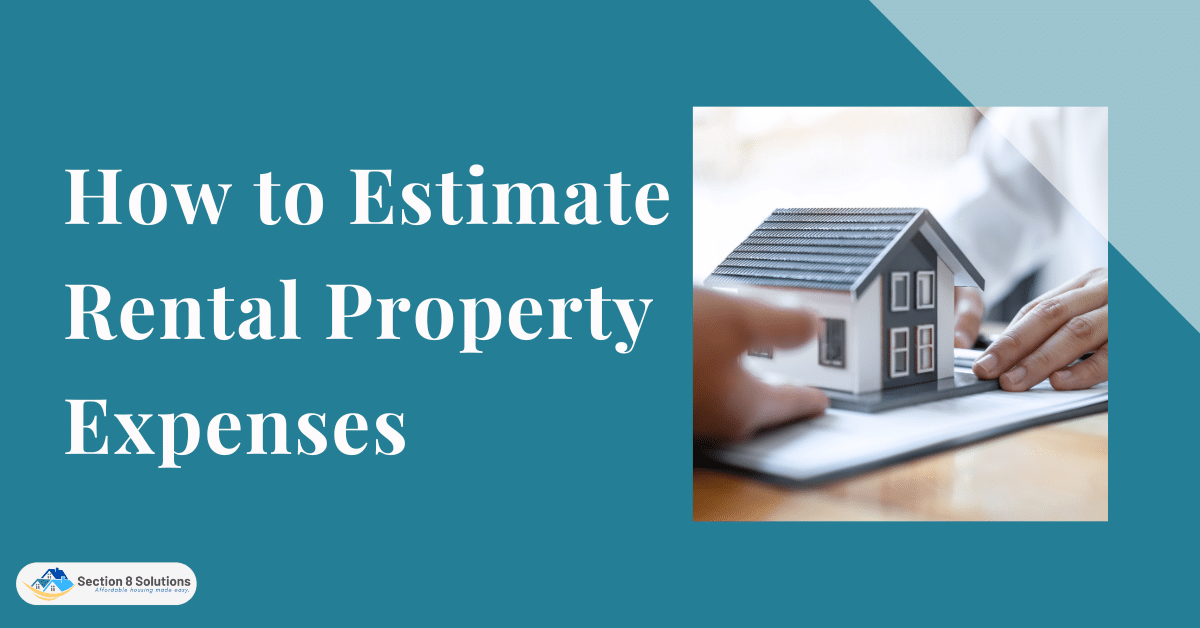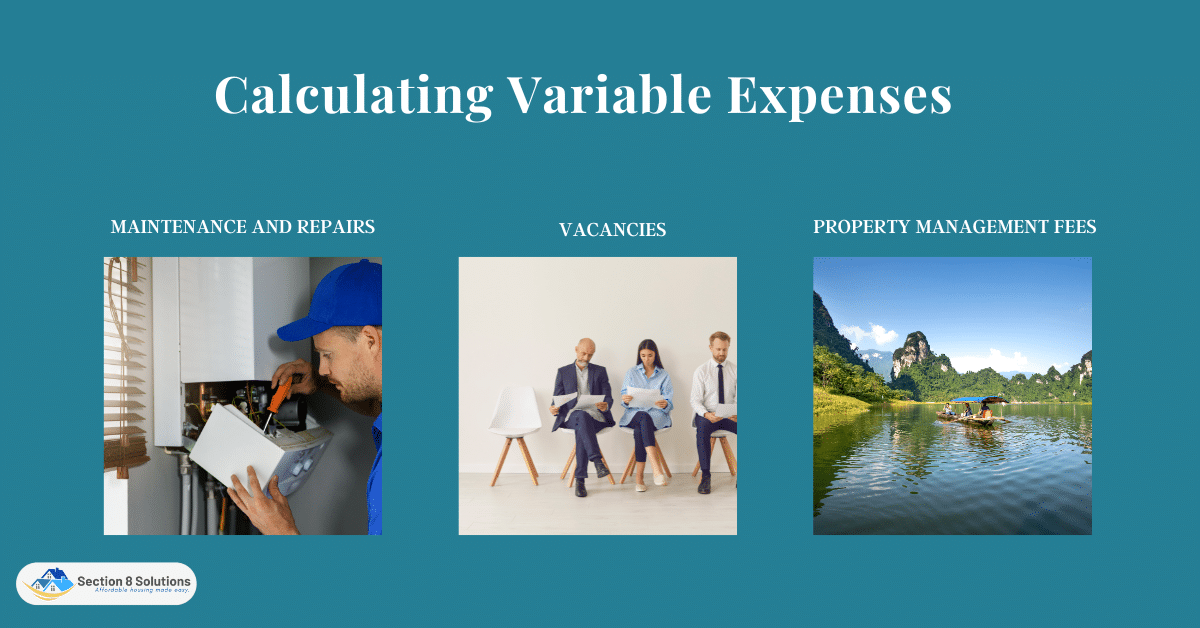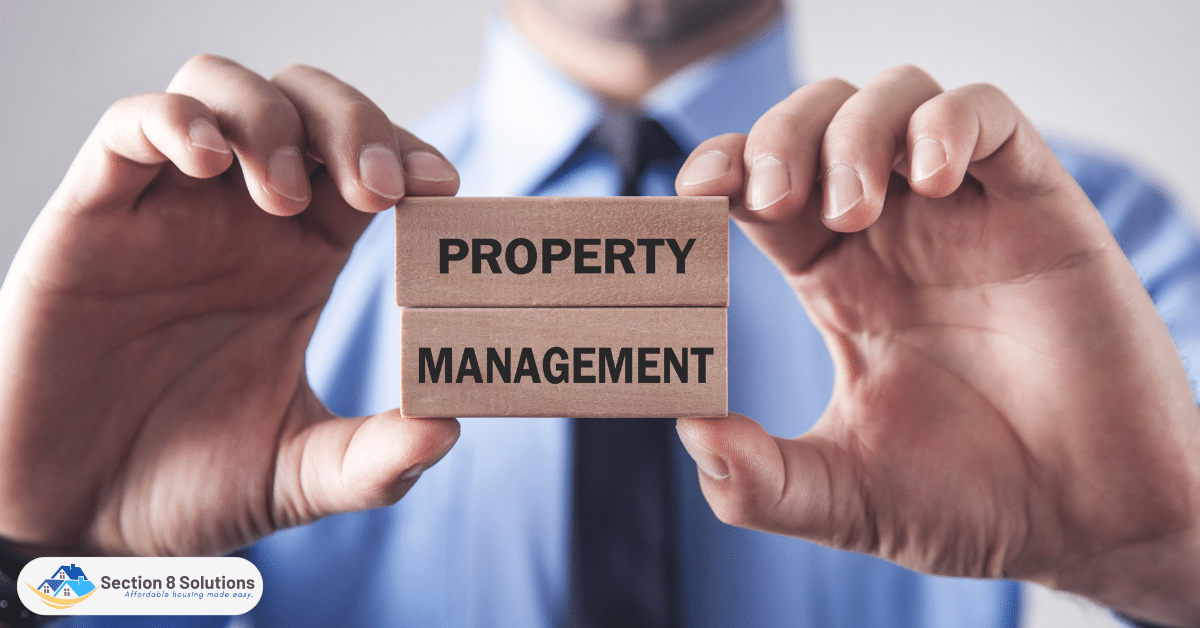Consider property taxes, insurance, and mortgage payments to estimate rental property expenditures. Next, add upkeep, repairs, vacancies, and property management costs. Finally, utilize historical data, local experts, and internet resources to revise your projections and build a rental property budget.
In this blog, we will delve into the various factors involved in estimating rental property expenses to help you make informed and strategic decisions.

Understanding Fixed Expenses
Renting entails fixed expenditures. These costs are unaffected by occupancy or upkeep. Let’s examine some frequently fixed costs and their role in rental property expense estimation.
Property taxes are considerable. Local governments tax property by assessed value. Property tax rates vary by region, so it’s important to investigate them before renting. Higher property tax rates raise fixed expenses and may reduce investment profitability.
Insurance rates are set. For protection against fire, natural catastrophes, and liability claims, landlords should get comprehensive insurance. Estimating fixed expenditures requires knowledge of insurance alternatives and pricing. To discover the best rental property insurance, compare quotes from several suppliers.

Calculating Variable Expenses
Variable expenses are costs that can fluctuate based on the specific circumstances of a rental property. These expenses are not fixed and can vary from month to month or year to year, depending on various factors. Let’s explore and explain some common variable expenses associated with rental properties.

1. Maintenance and Repairs
Maintenance and repairs are crucial variable expenses for landlords. These expenses arise when repairs or regular upkeep are required to maintain the property’s value and habitability. Examples of maintenance expenses include plumbing repairs, electrical work, HVAC servicing, and general property upkeep like landscaping. The costs can vary depending on the age, size, and condition of the property. Estimating these expenses involves considering the property’s specific needs and potential issues that may arise.
2. Vacancies
Vacancies represent a significant variable expense for landlords since they result in a loss of rental income. Estimating vacancies involves predicting the duration and frequency of periods when a unit remains unoccupied.
Factors to consider include the location of the property, demand in the local rental market, historical data on vacancy rates, and seasonality. Accurately estimating vacancies allow landlords to plan for potential income gaps, adjust rental rates if necessary, and develop strategies to minimize vacancies.

3. Property Management Fees
Landlords who opt to hire a property management company to handle various tasks incur property management fees. These fees can be a percentage of the rental income or a fixed monthly amount. Property management services can include tenant screening, rent collection, property maintenance, and dealing with tenant issues.
Estimating property management fees involves researching local market rates for property management services and considering the specific services required. It is essential to factor these fees into the expense estimates to ensure accurate financial planning.

Additional Considerations
Consider property-specific expenditures when determining rental property expenses. These include homeowner association or condo fees for planned communities or condos. These fees may dramatically increase costs, so knowing them is essential.
Another consideration is utility costs, which can vary based on factors like climate, property size, and tenant responsibilities. Landlords should estimate expenses related to electricity, water, gas, or other utilities for which they may be responsible. Understanding average usage and rates in the area helps create accurate estimates.
Long-term spending planning requires capital expenditure accounting. Major property renovations, replacements, and improvements cost a lot. Roofing, HVAC, and kitchen and bathroom renovations are examples. These expenditures arise sometimes and must be considered to ensure enough money is put aside for future initiatives.

Researching and Analyzing Data
When estimating rental property expenses, conducting thorough research and analyzing data is crucial to gain insights into the local rental market. Here are some guidelines for researching local rental markets to understand rental rates, vacancy rates, and demand:

- Utilize Online Rental Listing Platforms: Start with internet rental listing services that supply neighborhood rental prices. These services let you find homes with comparable sizes, locations, and features.
- Consult Real Estate Professionals: Contact rental-market-savvy local real estate brokers or property managers. They may provide rental, vacancy, and demand data. These experts can help you determine competitive rental prices based on market data.
- Analyze Historical Data: Examine rental rate trends throughout time. Real estate groups and research businesses provide rental market studies and rental statistics. Rental rate trends may reveal seasonal oscillations, demand changes, and long-term growth.
- Consider Local Economic Factors: Job growth, demographic changes, and industrial developments affect the rental market locally. Rents may rise as the employment market or population grows. Economic downturns or population decreases may increase vacancies and lower rental rates.
- Engage in Market Surveys and Networking: Talk to local landlords to do market research. Attending local real estate organization events or networking with other investors might give rental market knowledge.
These recommendations and diligent research will help you comprehend the local rental market. This intelligence lets you establish competitive rental prices, estimate vacancies, and make smart rental property choices. Keep track of rental market changes to adjust your spending predictions.
Conclusion
In conclusion, landlords and real estate investors must precisely estimate rental property expenditures to make profitable judgments. Landlords may estimate expenditures by examining fixed and variable costs, local rental markets, and historical data. This involves knowing fixed expenditures like property taxes, insurance premiums, and mortgage payments and variable expenses like upkeep and repairs, vacancies, and property management fees.
Homeowner association fees, energy bills, capital expenditures, and legal and regulatory charges also improve financial assessments. Online tools, industry journals, and real estate specialists may help you analyze expenses. Landlords may maximize profitability and long-term rental market success by researching, budgeting, and strategizing for their rental properties.












